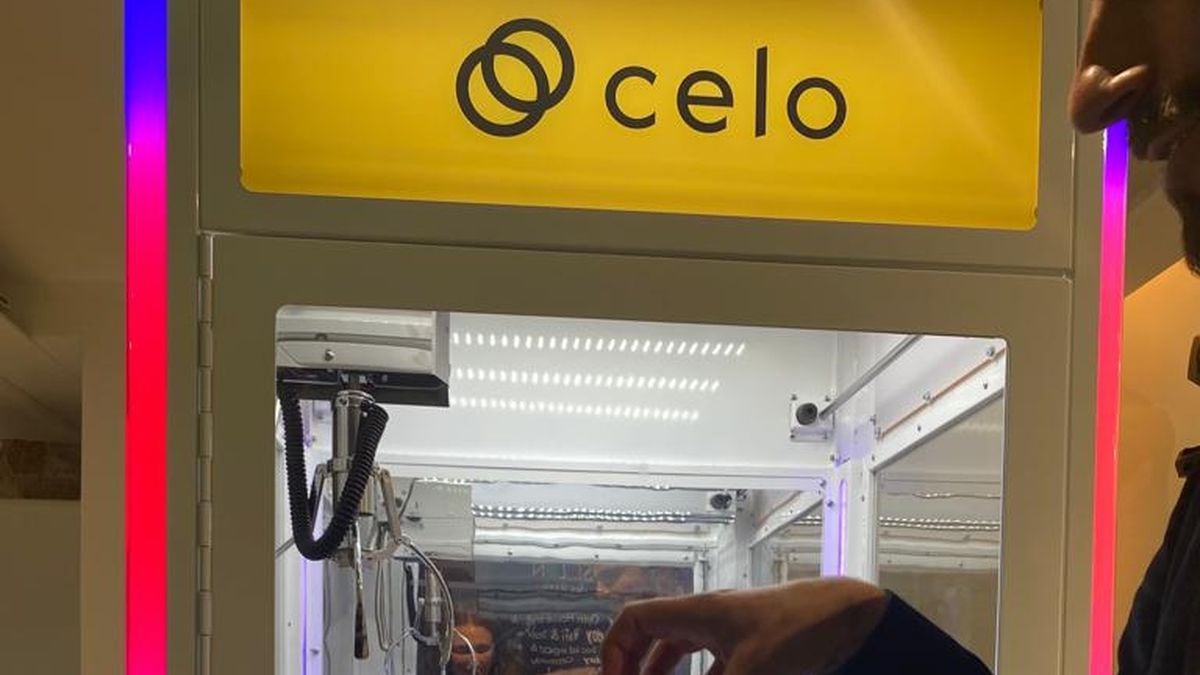The Celo blockchain’s primary developer laid out a “framework” for choosing a technology provider for its new layer-2 network atop Ethereum, proposing to wrap up the evaluation by mid-January in what has become a surprisingly intense competition between some of the blockchain industry’s most prominent teams.
The developer, cLabs, published the “Framework for selecting an L2 stack” Wednesday on its discussion forum, inviting community feedback on the document by mid-December, and plans to assess the various suitors over the ensuing month.
The community behind Celo approved the plan to transition to a layer-2 blockchain in July, essentially an acknowledgment that the project was more likely to thrive as a part of the dominant and fast-growing Ethereum ecosystem than remaining as a lesser, standalone network.
Initially, CLabs had named OP Stack from the Optimism ecosystem – the technology underpinning the U.S. crypto exchange Coinbase’s new layer-2 network, Base – as the default provider for its new layer-2 network. But over the following several months, rival teams Polygon and Matter Labs, which stand behind the zkSync project, offered competing proposals to woo Celo’s business.
Celo ranks as the 27th-biggest blockchain in decentralized finance, with a total value locked, or TVL, of $102 million, according to the website DeFiLlama. That’s a tiny fraction of the $26.2 billion in the Ethereum ecosystem and still well behind Solana’s $656 million.
But because the teams are at pains to establish dominant layer-2 ecosystems – with first-mover benefits at stake, such as the money to set industry standards and aggregate liquidity – Celo’s choice has evolved into a surprisingly competitive proxy battle.
“Note that we are selecting codebases and sub-components here, so we feel it is less useful to directly compare metrics like TVL, transaction count, and users, except as indicators of what a closer collaboration and shared bridge between the two ecosystems could look like in future,” crabs wrote. “This exercise is not to select a ‘best L2 stack.’ It’s to figure out which is the best fit for the specific technical and non-technical needs of the Celo L2 project.”
Priorities in the new CLabs proposed framework include “simple migration, with minimal downtime,” preserving low gas fees and Ethereum compatibility.
The document must mention the ongoing debate between optimistic rollups and ZK rollups, a critical design choice that experts say brings necessary tradeoffs between operating cost and speed.
What’s clear is the desire of the crab’s team to get on with it – perhaps a nod to how fast the blockchain landscape is evolving.
“Our objective is to deliver CEL2 as soon as possible, minimizing implementation risk,” according to the proposal. “We favor projects that have been audited and deployed and proven in production, vs. projects whose designs are subject to ongoing change or whose implementations are not yet proven.”
